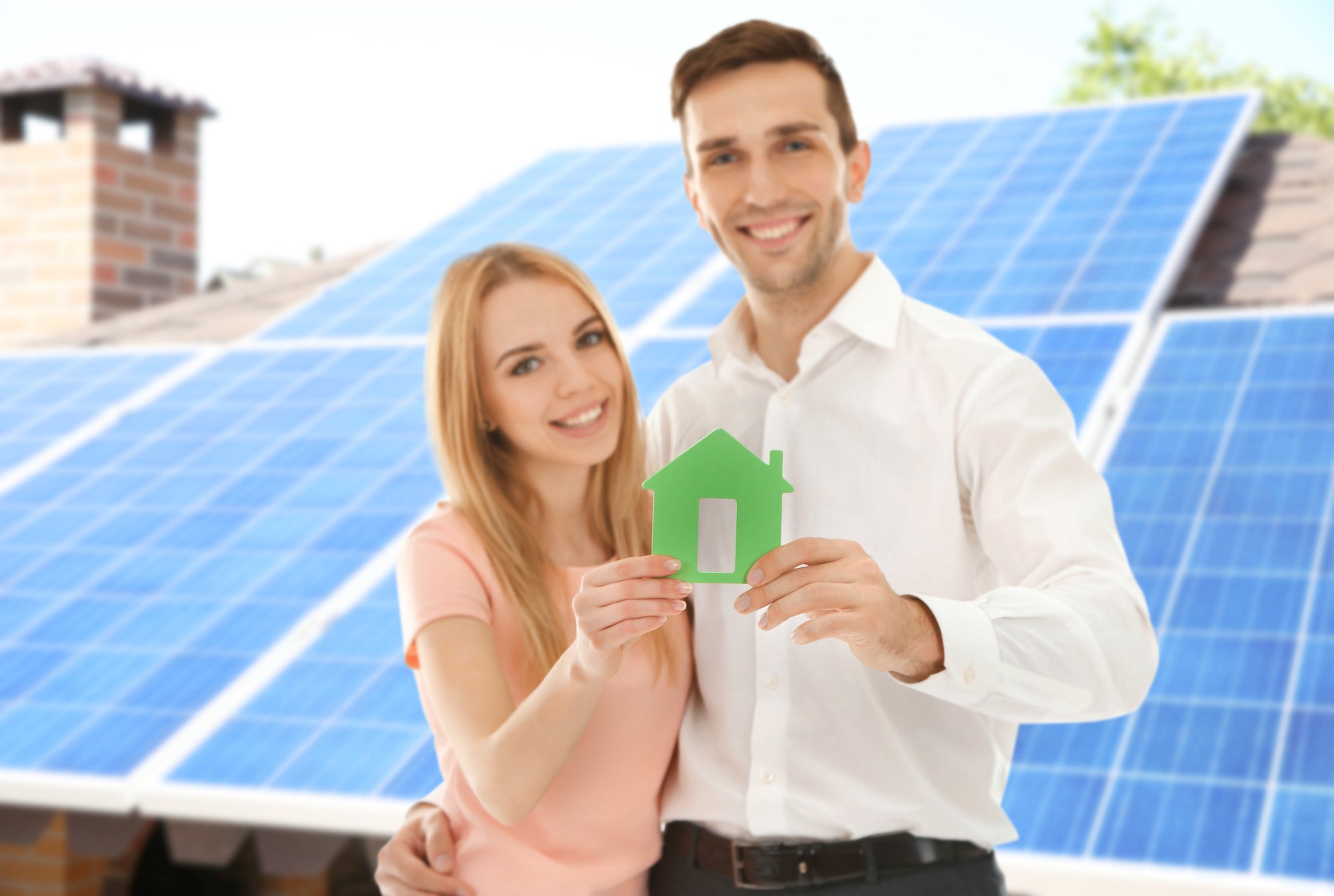Solar Power Station Technology

Solar power for homes is now one of the most cost effective ways to go green. With new environmental awareness being instilled in every generation, we can all look to the past for guidance on how we can continue to conserve our natural resources. Solar energy comes from the Sun and is captured using a wide range of dynamic technologies including photovoltaics (PV), solar thermal power, solar heat, solar architecture, thermal imaging, and artificial photosynthetic energy. These technologies are continually evolving and becoming cheaper and more affordable, which will spur the industry forward. Solar panels are perhaps the most important of these technologies. The panels themselves convert the sun's rays into electricity using photovoltaic cells, which has many other benefits.
A solar power station can be installed anywhere and is capable of providing all the energy needs of a household for years on end. It can even run off a solar energy converter or a concentrating solar thermal power station, which both create electricity from a concentrating stream of solar energy and a thermal collectors coil. There are many types of panels, and the size of your household will determine the size of the photovoltaic array you need. There are several different options to choose from. The solar power will help you in saving you thousands.
There are many incentives available to install residential solar power systems. State and federal programs often offer financial rebates and tax credits. In some cases, utility companies can buy back your surplus electricity. Depending on where you live, there may also be requirements for on-grid and off-grid applications, depending on the availability of your local power grid. These options can make your installation even more affordable.
Solar cookers are another type of solar technology that is becoming more common in both residential and commercial settings. Solar cookers harness the energy from sunlight by using an internal heating system that allows you to use your oven or microwave without any additional energy sources. These devices can be used with solar panels as well as traditional energy sources. As long as you have access to clean, clear skies and warm water, it is possible to cook with solar energy. In addition to being a cost-effective way to heat your home, it is a clean source of energy that doesn't contribute to greenhouse gases.
You may have already heard about some of the other benefits associated with solar savings. For example, wind power is becoming more popular because of the increase in global temperatures. Geothermal energy is another option, especially if you live in a cold area. With geothermal systems, the temperature inside of the earth is stored within its core and heated by the earth itself. It is considered to be an "inexhaustible" resource. Water heaters are another example of renewable energy, where warm, fresh water is brought to homes, and heated using the same energy that heats up the water in your swimming pool.
The sun is the most plentiful source of renewable energy and is responsible for the production of most of Earth's natural resources. The sun is also the planet's most powerful generator, capable of providing electrical power for billions of people for a long time into the future. Many researchers are currently working on developing new technologies to harness this incredible source of energy. Although solar power station technologies have come a long way over the past fifty years, scientists are still not sure how to store the power captured from the sun for use by humans, while also minimizing the amount of energy needed to produce the power. To learn more about this topic, click here: https://en.wikipedia.org/wiki/Solar_power.
